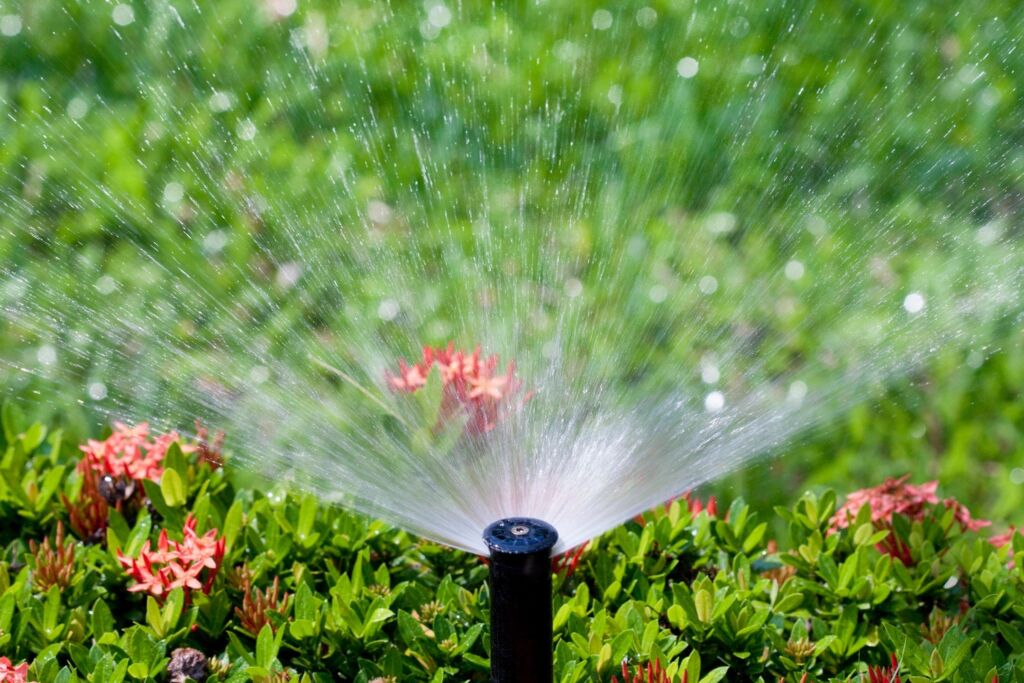Top Irrigation Tools for Home Service Contractors
Here, you’ll find some of the top irrigation contractor tools for servicing sprinkler systems on modern houses, commercial buildings, schools, and even golf courses.

Digging Tools
Working as an irrigation service contractor means digging in dirt all day, but you can make your digging job easier with these helpful tools.
Mattock: This tool is great for digging short trenches and removing rocks. There are those who consider it to be a cross between a pick and a shovel.
Excavation shovel or spade: you can create narrow trenches in soft soil or remove loose dirt from a machine-made trench. The shovel usually has a long handle and is 3 to 4 inches wide.
Tamper bar or digging bar: In addition to loosening rocks, heavy steel bars are used to dig or compact soil.
Square-point blade shovel: ideal tool for scraping mud from sidewalks and backfilling excavation trenches.
Trencher machine: Find a powerful machine, but rider trenchers work best. Your local irrigation equipment rental store may have trencher machines for sale if your company does not excavate trenches regularly.
Drip Irrigation Tools:
- Timers: Timers are important for controlling the flow of water. This offers a more foolproof means of controlling the system rather than simply turning the faucet manually.
- Backflow preventer: This device prevents water from entering your system after it has been turned off.
- Irrigation Filter: These filters remove particles that could clog the drip system, keeping it clean and clear.
- Pressure regulator: Pressure regulators are important, especially if you have too much pressure in your home’s water supply, this can reduce it to a pressure that is suitable for drip systems.
- Hose fitting: The proper fitting is crucial; the hose fitting is used to connect pressure regulators to tubing.
Sensor Irrigation Tools:
- Climate-Based Controllers– Local weather data is used for adjusting irrigation schedules with climate-based controllers, or evapotranspiration controllers (ET). Continuous ET measurements and water are also calculated by on-site weather measurement controllers using weather data collected on-site.
- Soil Moisture Sensor Controllers- For determining water needs, soil moisture sensor controllers use a soil moisture sensor placed belowground in the root zone of lawns, rather than weather data. Sensors measure soil moisture in volumetric form. Moisture content in soil is measured by its volumetric water content.
- Rain and Freeze Sensors- Despite not being considered smart technology, rain and freeze sensors interrupt irrigation during rain or freeze events. When it rains, water is wasted, money is wasted, and runoff is produced. Originally, rain sensors worked with small cups or basins that collected water; once a certain amount has been collected, the weight of the cup interrupts irrigation.
- Wind Sensors– The amount of water that is infiltrated into the soil profile is reduced when irrigation is applied during windy conditions. In case of excessive wind speed, wind sensors interrupt the irrigation cycle.
Keeping lawns and landscapes healthy requires proper irrigation. It’s also easier than you think to keep your irrigation service business healthy and flowing well. Just as the proper tools can ease the difficulties of maintaining proper irrigation, the right field service management software can ease the burden of daily operational activities for your business. Learn more about SAWIN and our software for irrigation service contractors.

